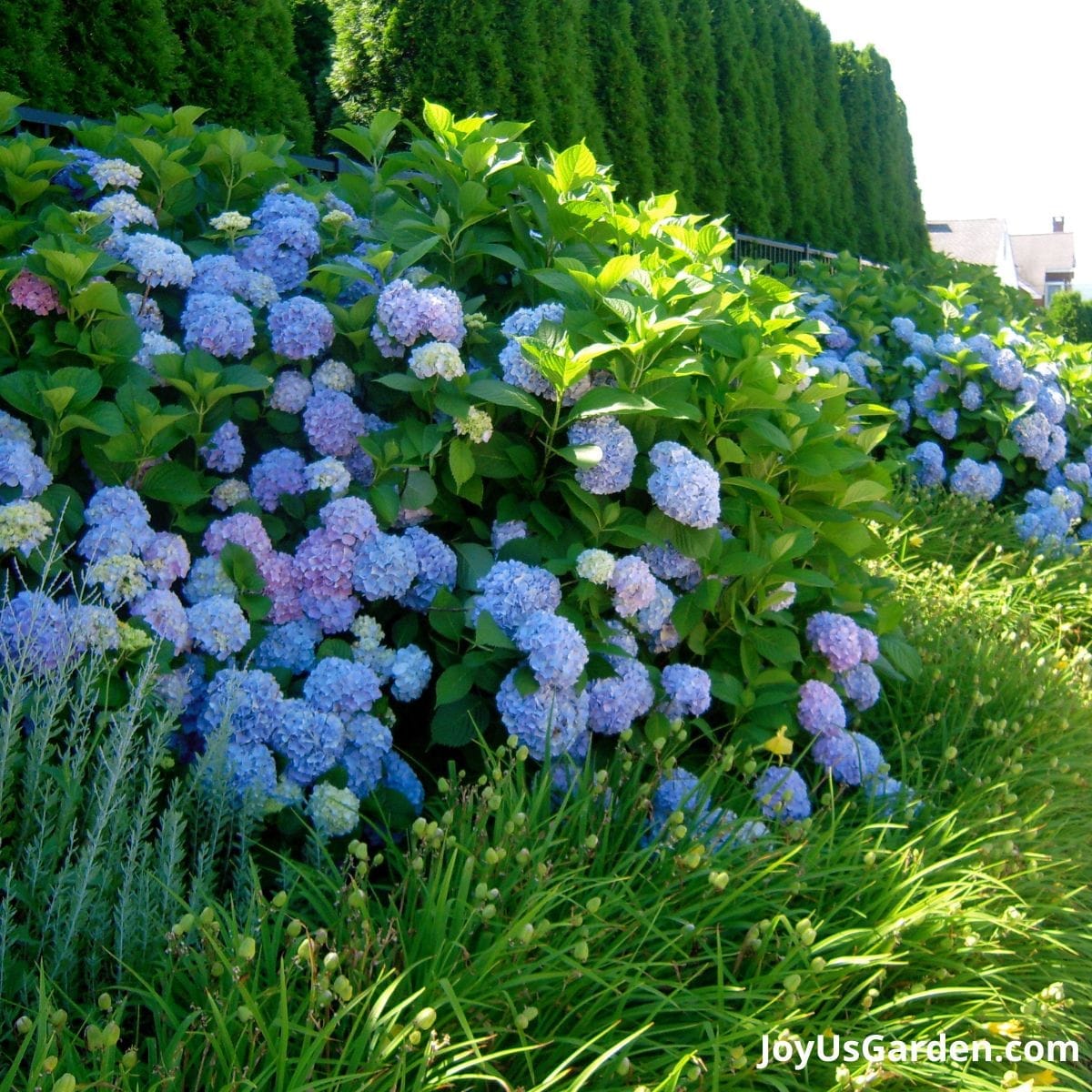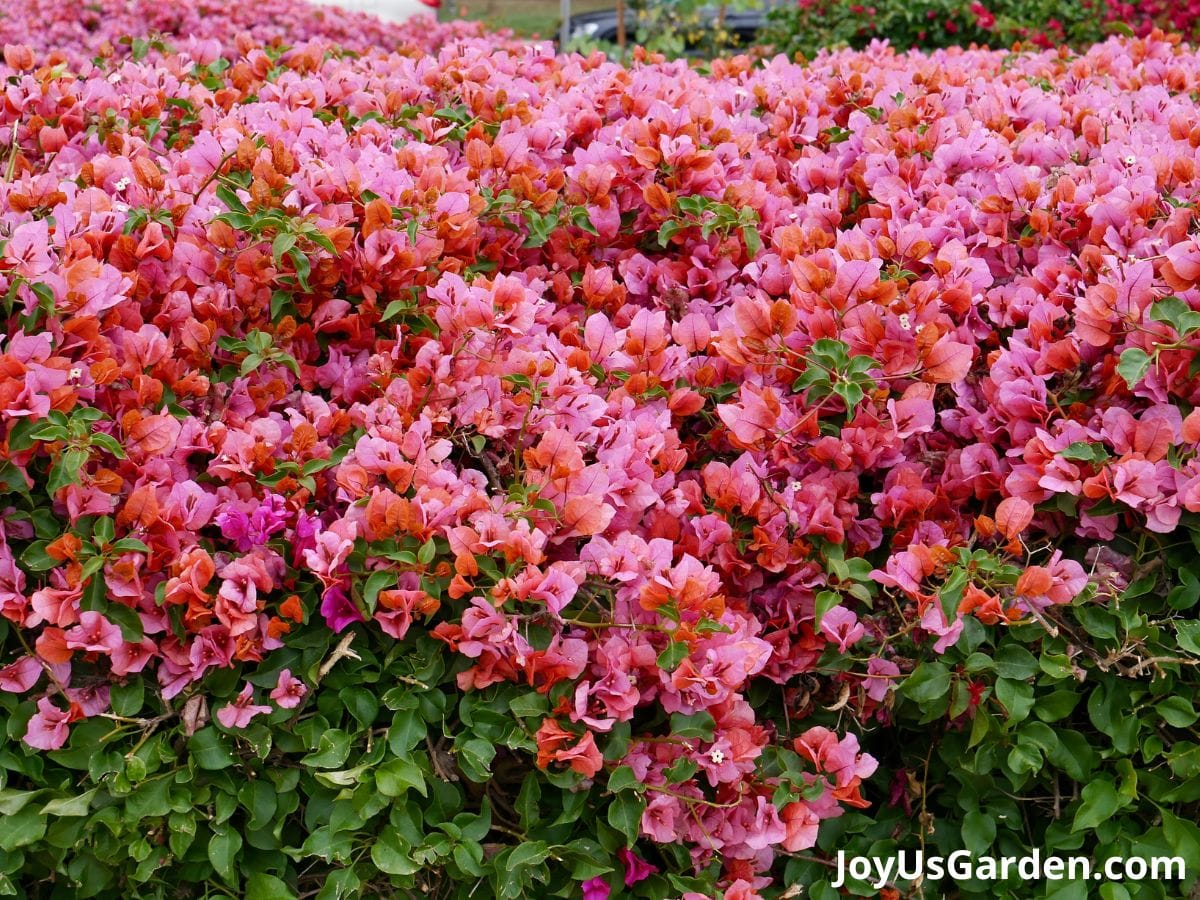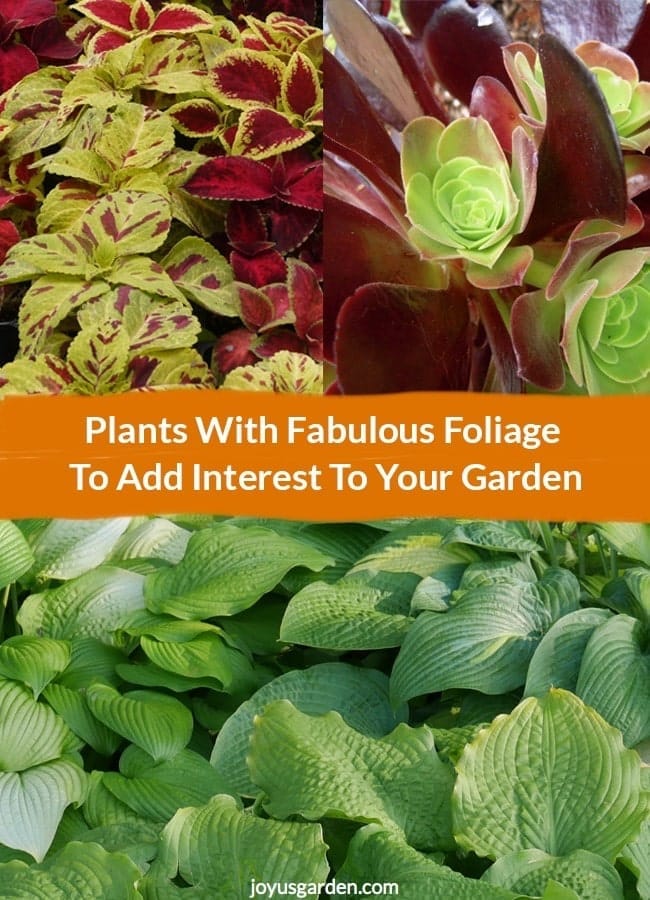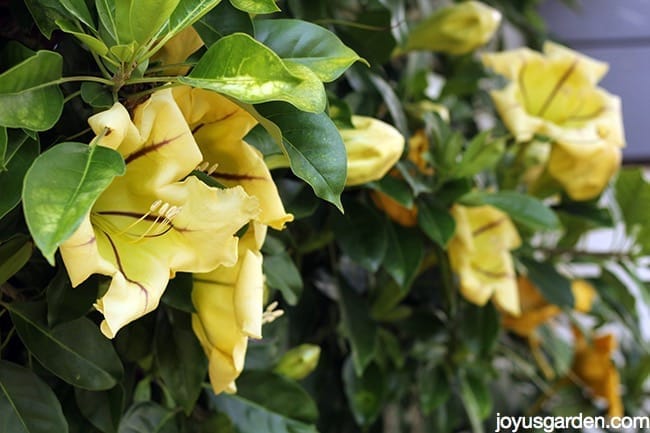23 Best Flowers for Pots & Containers that Bloom All Summer Long
Summer is the perfect time to add some color and life to your outdoor space with potted plants and flowers. But with so many options out there, it can be overwhelming to choose which ones will thrive in a container garden for an extended period of time. These summer flowers for pots are our favorites.
Don’t worry; we’ve got you covered! Here are some of the best flowers for pots and containers that will bloom beautifully for most or all of summer.
Summer Flowers For Pots with Beautiful Blooms

You can find your USDA hardiness zone here.
Annuals
Annual flowers are the sort that live for just one growing season, so you’ll get to plant new ones each year. They come in a variety of sizes, colors, and textures so that you can mix and match to your heart’s content. They add every color of the rainbow to the summer garden. Planted solo, they are fine to plant in smaller containers. Here are some of the best annual flowers for pots that bloom all summer:
1. Petunias
Petunias are a fantastic pick for pots and containers, and there’s a good reason for that. These gorgeous blooms offer a rainbow of colors and keep smiling at us all summer long. Plus, they’re pretty tough, handling both the heat and either full sunshine or a bit of light shade like champs.
To keep petunias happy and blooming, give them a drink regularly and pluck off the old flowers. Be sure to check out Caliobroachas, which are similar to petunias but have smaller flowers and come in jazzy colors.
- Sun exposure: Full sun to part shade
- Watering needs: Regular watering, consistently moist soil
- Blooming period: All summer
- USDA hardiness zones: 3-10
2. Geranium

Geraniums (technically Zonal Pelargoniums) are easy to grow and produce beautiful clusters of colorful flowers all season long. They prefer full sun but can tolerate some afternoon shade.
Geraniums also have a trailing variety, perfect for hanging pots and adding some height to your arrangement. These plants do well with regular watering and benefit from occasional fertilization.
- Sun exposure: Full sun to part shade
- Watering needs: Regular watering, consistently moist soil
- Blooming period: All summer
- USDA hardiness zones: 3-10
3. Marigold
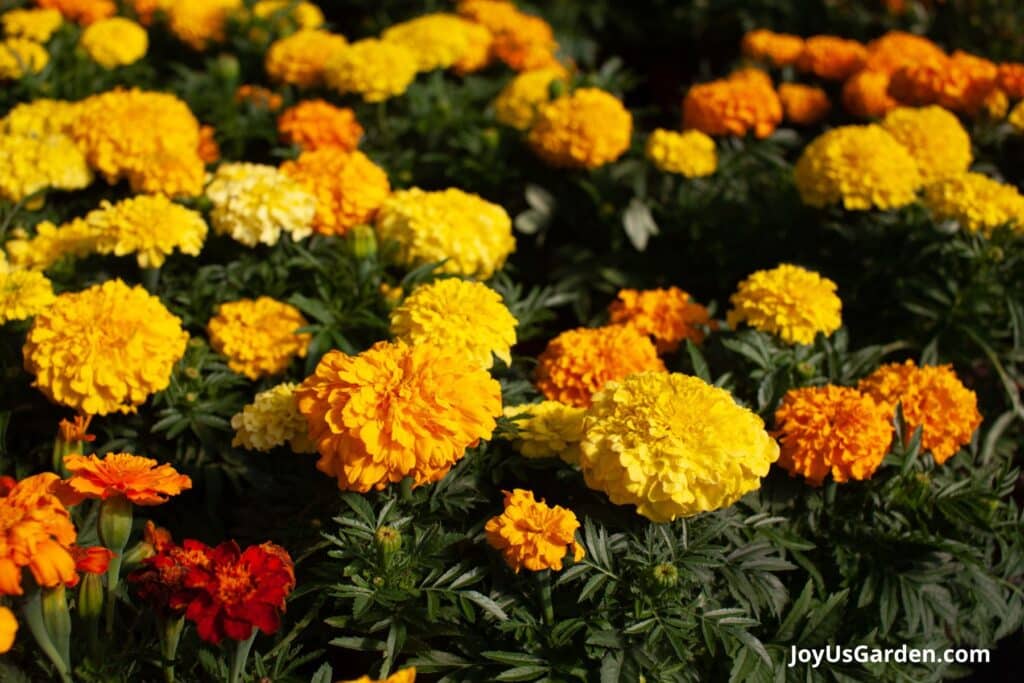
Marigolds are a popular choice for their bright blooms and easy maintenance. They come in various shades of yellow, orange, and red and can grow up to 18 inches tall.
Marigolds prefer full sun but can tolerate part shade as well. They are also drought tolerant, making them a great choice for beginners or those with busy schedules.
- Sun exposure: Full sun to part shade
- Watering needs: Regular watering, can tolerate dry periods
- Blooming period: All summer
- USDA hardiness zones: 2-11
4. Zinnia
Zinnias are a versatile flower that come in a wide range of colors and sizes. They are heat tolerant and can handle full sun or partial shade. Zinnias also attract pollinators, making them a great addition to any garden. Keep in mind that they need regular watering and deadheading to continue blooming.
- Sun exposure: Full sun to part shade
- Watering needs: Regular watering, consistently moist soil
- Blooming period: Summer
- USDA hardiness zones: 3-10
5. Sweet Alyssum

Sweet alyssum is a delicate, trailing flower that adds a whimsical touch to any pot or container. It comes in shades of white, pink, and purple and is known for its sweet scent. Sweet alyssum prefers full sun but can tolerate some afternoon shade. They only require occasional watering, making it a great low-maintenance option. It, like lobelia, is great spilling out of the edges of containers.
- Sun exposure: Full sun to part shade
- Watering needs: Occasional watering, can tolerate occasional dry periods
- Blooming period: Spring to fall
- USDA hardiness zones: 2-11
6. Lobelia

Lobelia is a stunning flower in shades of blue, purple, and white. Like alyssum, it’s perfect for adding to the edges of containers or hanging baskets. Lobelia prefers full sun but can tolerate some shade and requires consistent moisture. It is also deer-resistant and attracts hummingbirds.
- Sun exposure: Full sun to part shade
- Watering needs: Regular watering, consistently moist soil
- Blooming period: Spring to fall
- USDA hardiness zones: 2-11
7. Cosmos
Cosmos is a popular annual flower often used in cottage gardens. It comes in shades of pink, white, yellow, red, and orange. Cosmos are easy to grow from seed and can quickly fill an empty container or bed. They prefer full sun and will tolerate some drought, making them a great choice for hot summer weather. They also attract butterflies and bees to the garden.
- Sun exposure: Full sun
- Watering needs: Occasional watering
- Blooming period: Summer to fall
- USDA hardiness zones: 2-11
8. Impatiens
Impatiens are another popular choice for their vibrant colors and ability to thrive in shady spots. They come in shades of pink, red, purple, orange, and white and can grow up to 2 feet tall.
Impatiens prefer partial to full shade and require consistent watering. They are also great for filling in gaps in flower beds or adding color to containers. SunPatiens and New Guinea Impatiens tolerate more sun.
- Sun exposure: Part shade to full shade
- Watering needs: Regular watering, consistently moist soil
- Blooming period: All summer long
- USDA hardiness zones: 2-11
9. Begonia

Begonias are a popular choice for their wide variety of colors, shapes, and sizes. They bloom with bright colors like white, pink, red, and orange and can be grown as upright plants in lightly shaded pots. Wax Begonias or Wax Leaf Begonias are the ones commonly sold as annuals.
Begonias prefer partial to full shade and require consistent watering. They are also relatively low maintenance; some can be brought indoors during winter.
- Sun exposure: Part shade to full shade
- Watering needs: Regular watering, consistently moist soil
- Blooming period: Spring to fall
- USDA hardiness zones: 3-11 (depending on the type)
Perennials
Perennial plants live for more than two years and often come back year after year. Once established, they can add long-lasting color to your garden and require minimal maintenance.
10. Salvia
Salvias are a hardy choice for containers, with their vibrant flowers in shades of blue, purple, pink, white, and red. There are hundreds of varieties to choose from. They are also known for attracting pollinators such as bees and butterflies. Salvias prefer full sun to flower their best. They are also drought tolerant, making them a low maintenance option.
- Sun exposure: Full sun
- Watering needs: Occasional water once established
- Blooming period: Summer to fall
- USDA hardiness zones: 5-9
11. Penstemon
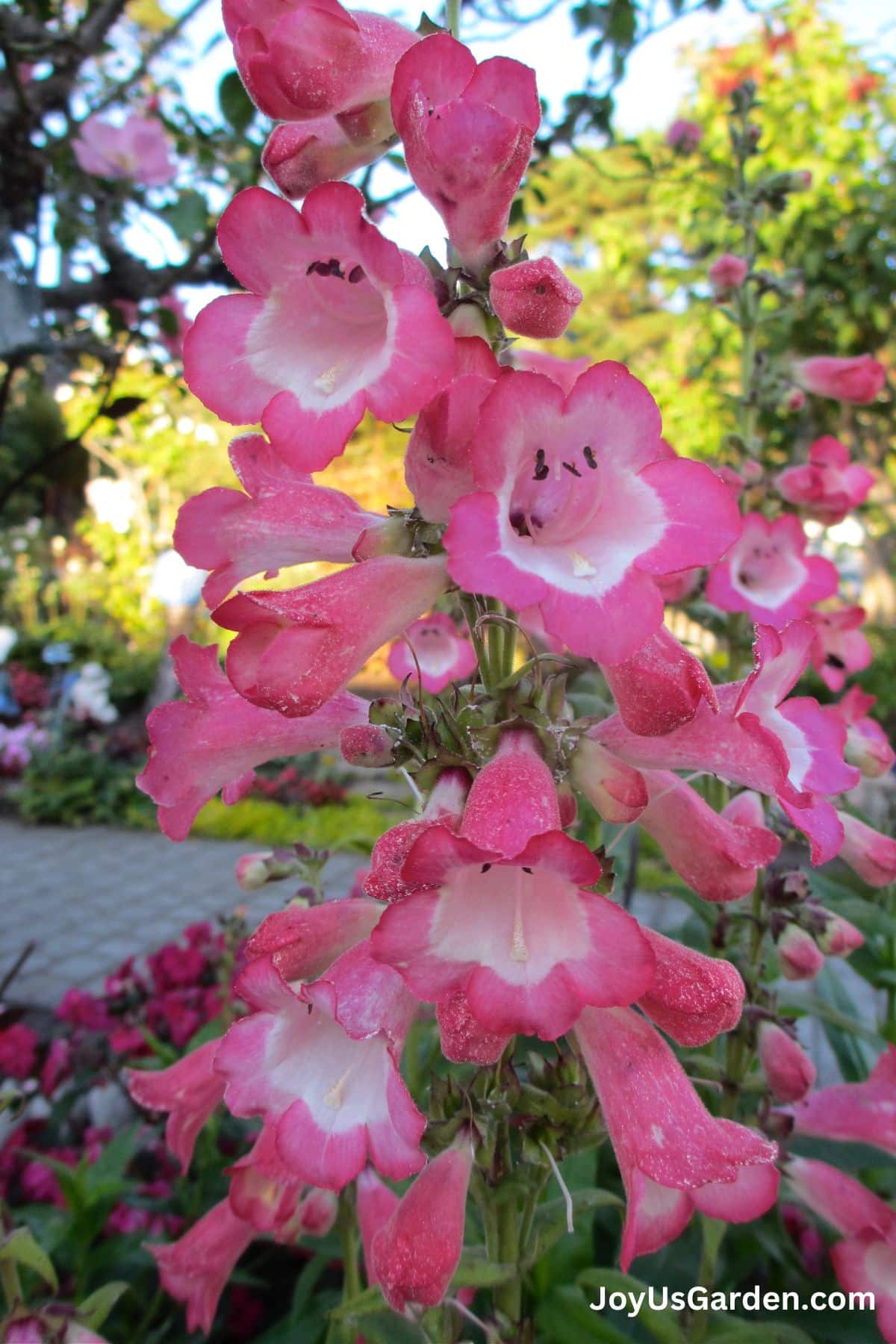
Penstemons are known for their tall spikes of tubular flowers in shades of pink, purple, blue, white, and red. There are many species and varieties, most of which are drought tolerant. Their trumpet-shaped flowers attract pollinators. Penstemons prefer full sun to partial shade and well-draining soil. They can be cut back after blooming to encourage another flush or two of flowers.
- Sun exposure: Full sun to partial shade
- Watering needs: Regular watering to drought tolerant
- Blooming period: Summer to fall
- USDA hardiness zones: 3-9 (depending on variety)
12. Daisies

Daisies (the Shasta Daisies) are a classic choice for container gardens, with cheerful white and yellow, flowers. African Daises come in pink, purple, gold, white, and yellow. Like some plants on this list, African and Marguerite Daisies are tender perennials often sold as annuals.
Marguerite Daisies come in yellow, white, and pink. They are easy to grow and require little maintenance. Daisies prefer full sun and consistent watering. Deadheading spent flowers can encourage more blooms.
- Sun exposure: Full sun
- Watering needs: Regular watering to drought tolerant
- Blooming period: Spring to fall
- USDA hardiness zones: 4-9 (depending on the type)
13. Fuchsia

Fuchsias are a unique and eye-catching addition to any pot or container. The most well known have vibrant, bell-shaped flowers that hang down from their stems and come in shades of red, purple, and pink. There are also upright fuchsias. They are another tender perennial that prefers part shade and consistent watering. They can also be brought indoors during the winter and pruned back for a fuller plant in the spring.
- Type of plant: Perennial
- Sun exposure: Part shade to full shade
- Watering needs: Regular watering, consistently moist soil
- Blooming period: Late spring to fall
- USDA hardiness zones: 8-10
14. Dahlia

With their large, showy blooms, Dahlias are a stunning addition to any container. They come in shades of white, pink, red, yellow, orange, and purple and can grow from 1 foot up to 5 feet tall. Dahlias prefer full sun but can tolerate some afternoon shade. They require consistent watering, and the taller varieties benefit from staking for support. They make wonderful cut flowers, so grow extra to bring inside!
- Type of plant: Perennial (tubers)
- Sun exposure: Full sun to part shade
- Watering needs: Regular watering, consistently moist soil
- Blooming period: Summer to fall
- USDA hardiness zones: 8-11
15. Canna Lily

Canna lilies are known for their bold, tropical-looking foliage and vibrant red, orange, yellow, and pink flowers. They can grow up to 6 feet tall and require full sun and frequent watering. Canna lilies are also low maintenance and can be brought indoors during winter. They certainly add a touch of “Carmen Miranda” to any container planting.
- Sun exposure: Full sun to part shade
- Watering needs: Regular watering, consistently moist soil
- Blooming period: Summer to fall
- USDA hardiness zones: 8-11
16. Verbena

Verbena is a popular choice for its long-lasting blooms and low maintenance needs. It comes in shades of purple and can tolerate various conditions. Annual verbenas come in a wider range of colors. Verbena prefers full sun but can also grow in partial shade. It also has a high drought tolerance, making it a great option for containers.
- Sun exposure: Full sun to part shade
- Watering needs: Regular watering, drought tolerance
- Blooming period: Summer to fall
- USDA hardiness zones: 5-10 (depending on the type)
17. Rudbeckia
Rudbeckia, commonly known as Black Eyed Susan, is a hardy and versatile plant that produces bright yellow daisy-like flowers with dark centers. Newer varieties have red, orange, yellow, and bronze flowers. It can grow in full sun to part shade and is drought tolerant once established. Rudbeckia is also a great choice for attracting pollinators to the garden.
- Sun exposure: Full sun to part shade
- Watering needs: Regular watering, drought tolerant once established
- Blooming period: Summer to fall
- USDA hardiness zones: 3-9
Shrubs
Shrubs contribute significantly to the aesthetic and structure of a garden, attracting essential pollinators such as bees and butterflies. Additionally, they effectively form privacy hedges and introduce vibrant color accents across your yard. Furthermore, these shrubs are conveniently cultivable in containers. Shrubs grow into larger plants and will eventually need large pots.
18. Hydrangea
Hydrangeas, with their big, showy flowers, are a gorgeous addition to any pot or container. You get repeat blooming with the Endless Summer Hydrangeas, as they bloom on new and old wood. They pop in lovely shades like pink, blue, purple, and white and can shoot up to 6 feet tall. They like a bit of shade and need regular watering to really flourish.
- Sun exposure: Part shade
- Watering needs: Regular, consistently moist soil
- Blooming period: Late spring to early fall
- USDA hardiness zones: 3-9
19. Roses
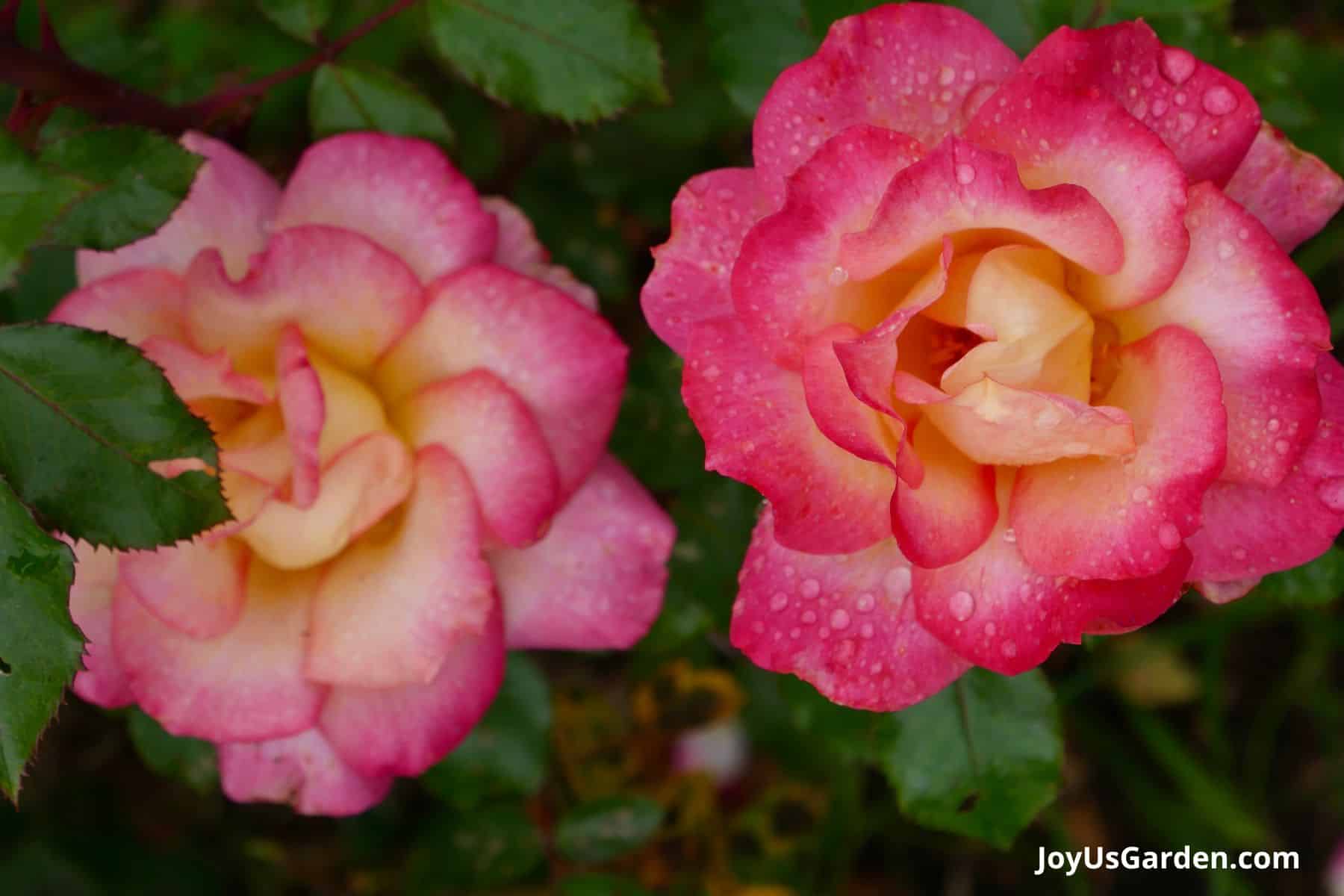
Roses are the quintessential garden plant, and for good reason. Their iconic blooms come in a variety of colors, forms, and sizes, making them perfect for containers. There are many types on the market, and the best roses for containers are miniature,shrub, floribunda, ground cover, and hybrid teas. They prefer full sun and regular watering, but select varieties can tolerate partial shade.
- Sun exposure: Full sun to part shade
- Watering needs: Regular watering
- Blooming period: Late spring to early fall
- USDA hardiness zones: 3-11
20. Lantana
Lantana is a colorful and low-maintenance shrub perfect for container gardening. It produces clusters of vibrant flowers in shades of red, orange, yellow, pink, white, and purple. Some will trail, and some will grow upright. Once established, lantana thrives in full sun and can tolerate heat and drought. I’ve lived in California and Arizona for 30 years now—this is a popular landscaping plant.
- Sun exposure: Full sun
- Watering needs: Drought tolerant once established
- Blooming period: Spring to fall
- USDA hardiness zones: 8-10
21. Hibiscus

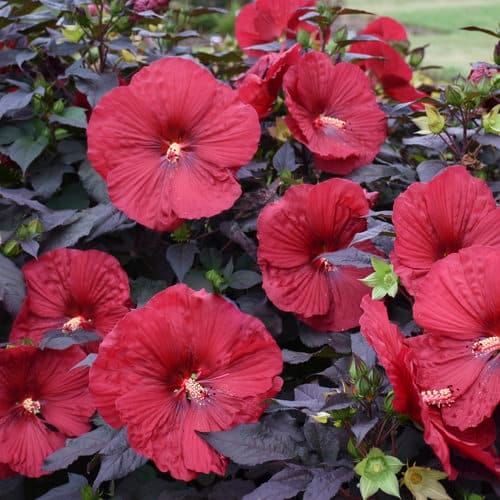
Chinese Hibiscus is on the left, and Hardy Hibiscus is on the right.
The hardy hibiscus plants, rose mallow and Rose of Sharon, are stunning flowers that can add a tropical touch to any container garden. These deciduous plants come in a variety of colors and sizes, with some varieties growing up to 6 feet tall. Hibiscus needs plenty of sun and regular watering.
The Chinese Hibiscus is grown in places with warm climates like Florida, California, Arizona, and Texas. This shrub, with dark glossy foliage and gorgeous flowers, is Hawaii’s state flower. It’s hardy in zones 9-11.
- Sun exposure: Full sun
- Watering needs: Regular watering
- Blooming period: Summer to fall
- USDA hardiness zones: 4-10 (hardy hibiscus), 9-11 (Chinese hibiscus)
22. Bougainvillea
If you live in a temperate climate and want an (almost) year-round floral fiesta of vibrant color, then bougainvillea is the plant for you. Depending on the variety, it can be grown in a container on a trellis or over an arbor, against a building, fence, or wall, in and as a bonsai.
Bougainvillea species and varieties can grow from 1′ to 8′ to 30′. Several dwarf varieties (not really dwarf, but they stay under 6′) are suitable for growing in pots. They need full sun to bloom and look good. You can find them in shades of white, yellow, pink, copper, purple, and red.
- Sun exposure: Full sun
- Watering needs: Regular when establishing, deep infrequent when established
- Blooming period: Spring through fall
- USDA Hardiness Zones: 9 (with protection) through 11
23. Gardenias

Gardenias are highly fragrant and produce beautiful white flowers. Select varieties bloom all summer. They prefer full sun to partial shade and need consistent moisture in their soil.
Gardenias are a bit more high-maintenance than other container plants, but their gorgeous blooms make it worthwhile. They have creamy white flowers and shiny green leaves, making them a beautiful accent plant. Gardenias prefer partial shade and consistent watering. They are also sensitive to dry soil, so make sure to keep the soil consistently moist.
- Sun exposure: Full sun to part shade
- Watering needs: Consistently moist soil
- Blooming period: Spring to summer
- USDA hardiness zones: 8-11
Quick Overview on Planting Summer Flowers in Pots
When you’re picking flowers for pots that will bloom all summer long, there are a few things you’ll want to keep in mind.
USDA hardiness zone
The USDA hardiness zone is an important factor to consider when choosing plants for containers. This zone indicates the minimum temperature a plant can withstand, and it varies across different regions. Make sure to check the hardiness zone of your area before selecting plants for your containers. You can find your USDA hardiness zone here.
Sunlight
Is your pot going to be in full sun or part shade? Check the location throughout the day and note the exposure. If you’ve got a sunny spot, choose flowers like zinnias, salvias, or roses that love the sun. For shadier areas, look for plants that flourish with less direct light, like impatiens, fuchsias, and gardenias.
Size & Growth
You’ll need to consider the growth habit of the flowers you select. Compact varieties like dwarf zinnias or dwarf marigolds, which typically grow 6-12 inches tall, work well in mixed planters as a filler. Lobelia and alyssum can be used as spillers. For an eye-catching focal point, consider taller options like canna lilies, known for their striking foliage and vivid flowers.
Soil & Drainage
Make sure your pots have drainage holes. And take note: larger pots retain moisture longer than small ones—a key factor in your flowers’ health and growth. Well-drained potting soil is key in making sure that your flowers aren’t drowning in water. The same goes for window boxes or a hanging basket. Use a good quality mix suited for container growing, and thoroughly water your plants after planting.
When to Plant
It’s best to plant your flowers in late spring when the risk of frost has passed and the weather is consistently warm. This will give them enough time to establish their roots before the heat of summer kicks in. Annuals grow fast, and can be planted in early summer.
Gardening Tools
Don’t forget to gather all the necessary gardening tools before you start planting. You’ll need a trowel, hand rake, watering can or hose, and fertilizers or soil additives. Gardening gloves are handy for protecting your hands while working in the dirt.
Conclusion
Mix it up with these plant suggestions to keep your summer containers brimming with beautiful flowers. Remember to account for each plant’s growth habits and care needs to ensure a harmonious and thriving arrangement.
Happy planting,
Nell & Miranda






